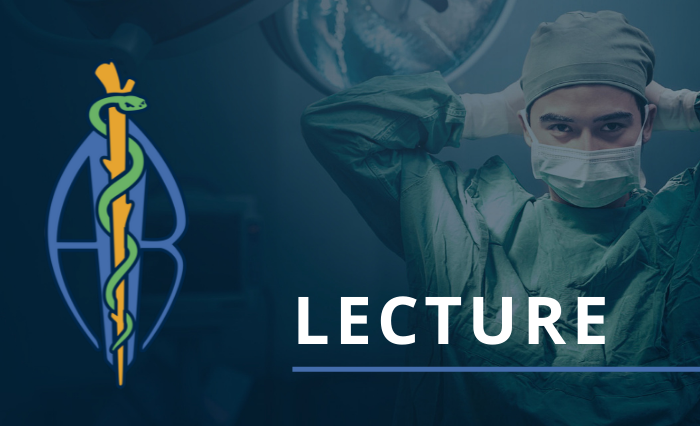Novel Techniques for Wound Healing – Intact Fish Skin Grafts in the NHP
Christine Siebert2022-09-27T11:18:29-05:00This presentation will review the phases of wound healing, physiologic steps to achieve proper healing, the application of the graft as a wound dressing and the use of antimicrobial hydrogel, Manuka honey and foam dressing in combination with the graft as well as examples of wounds, difficulties encountered, successes achieved and summary of histological examination of tissues biopsied during this process.


